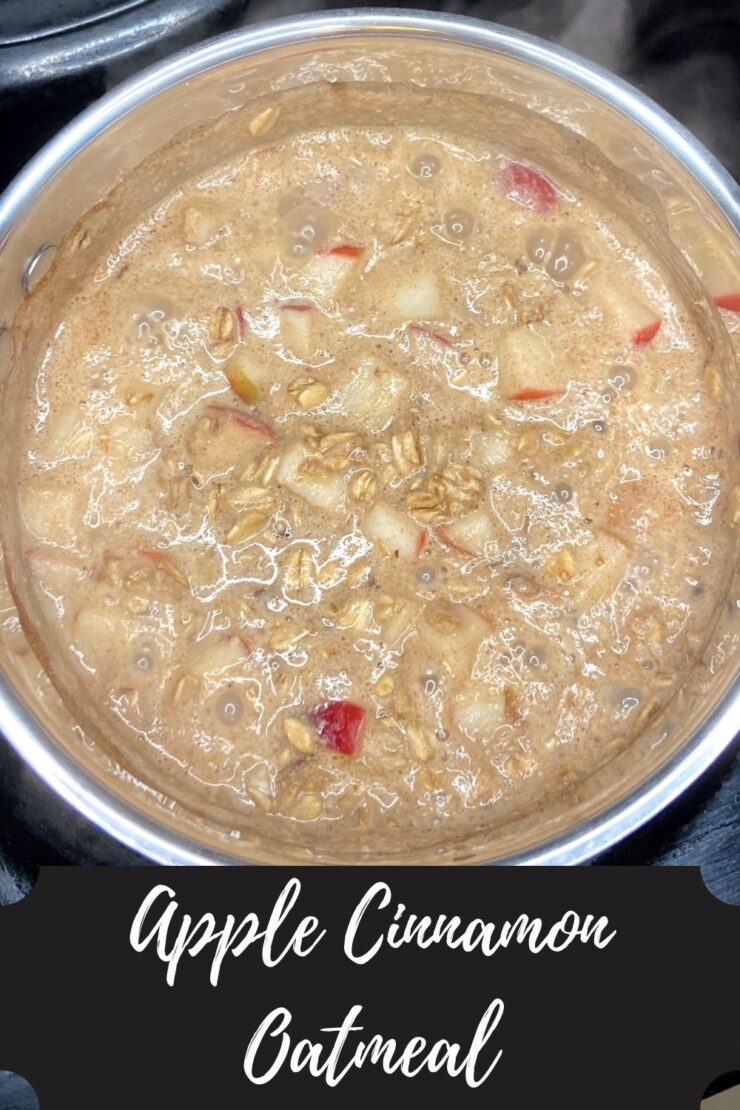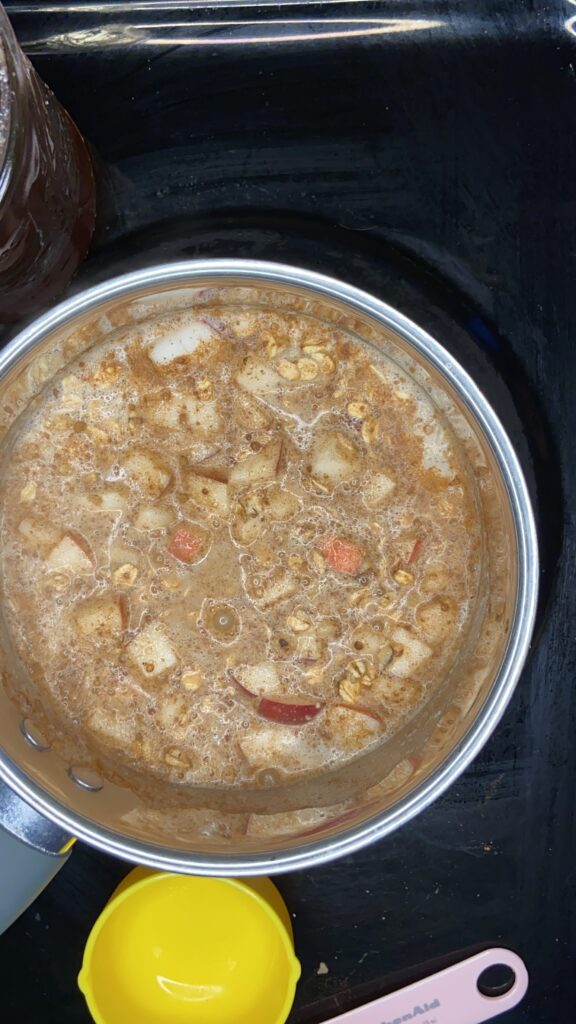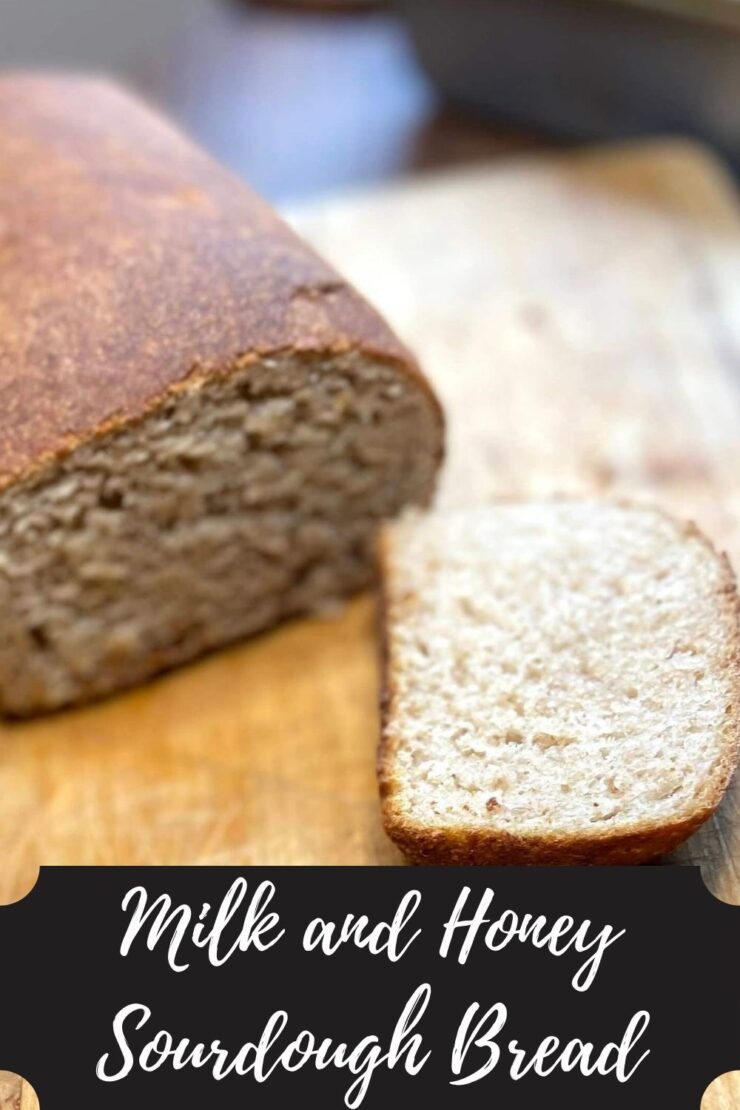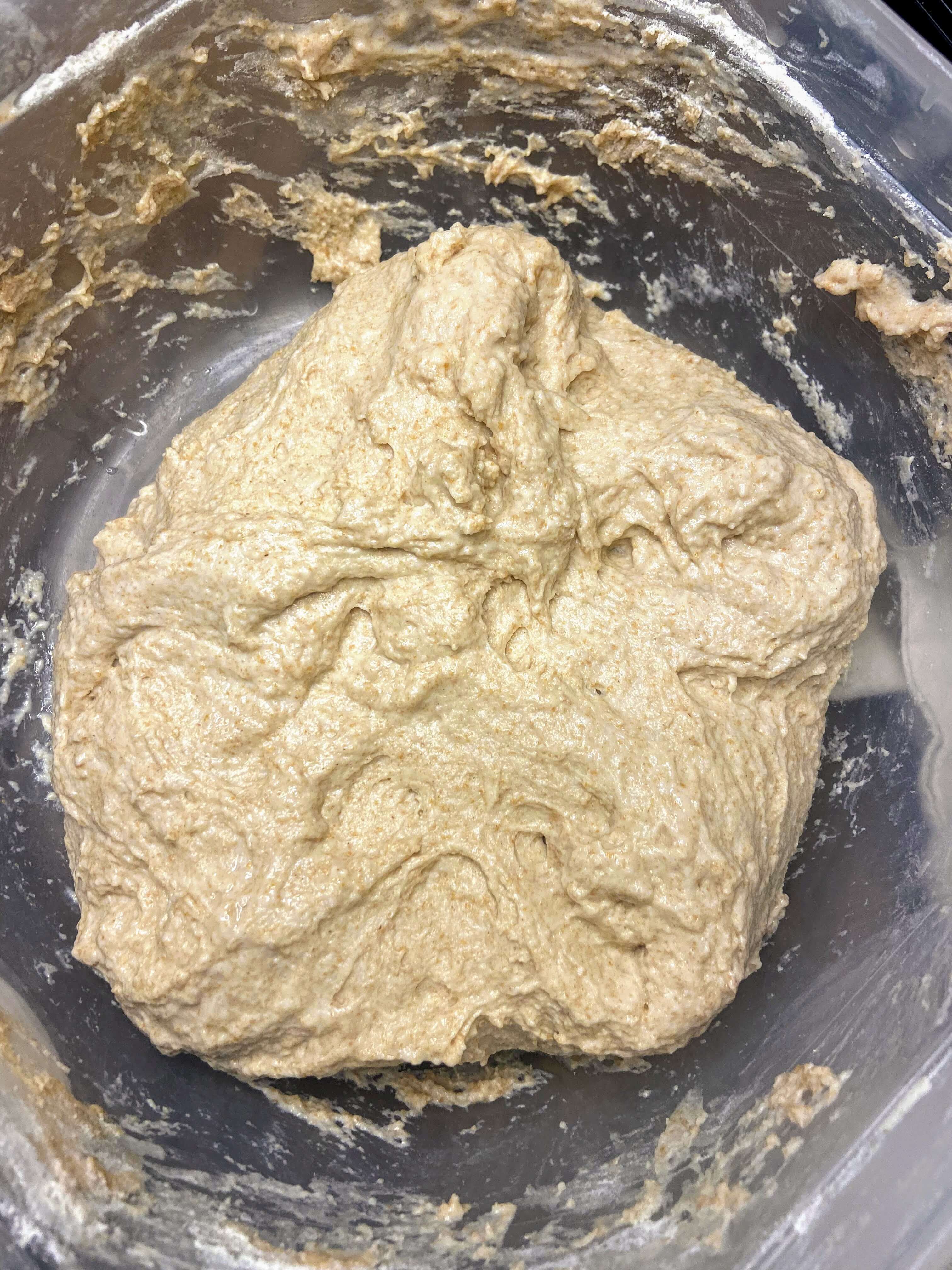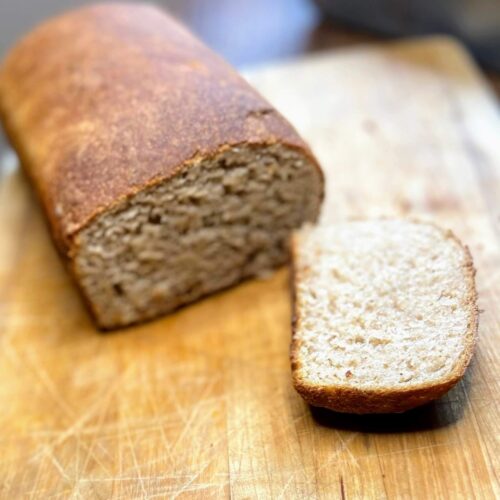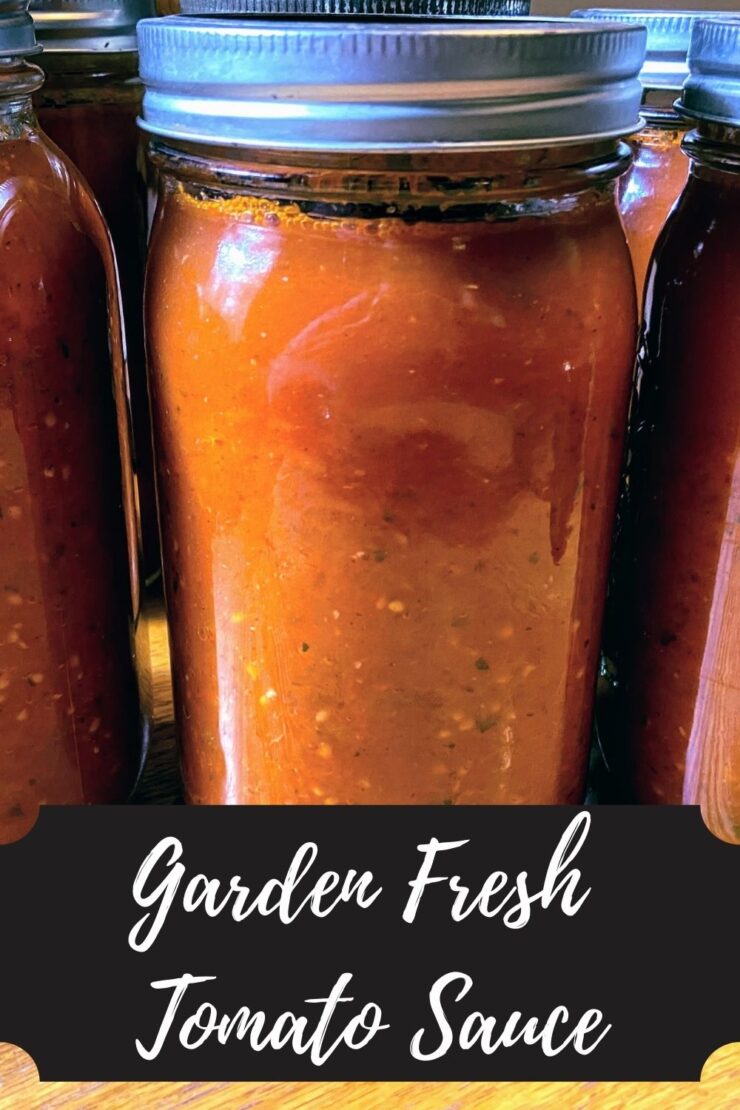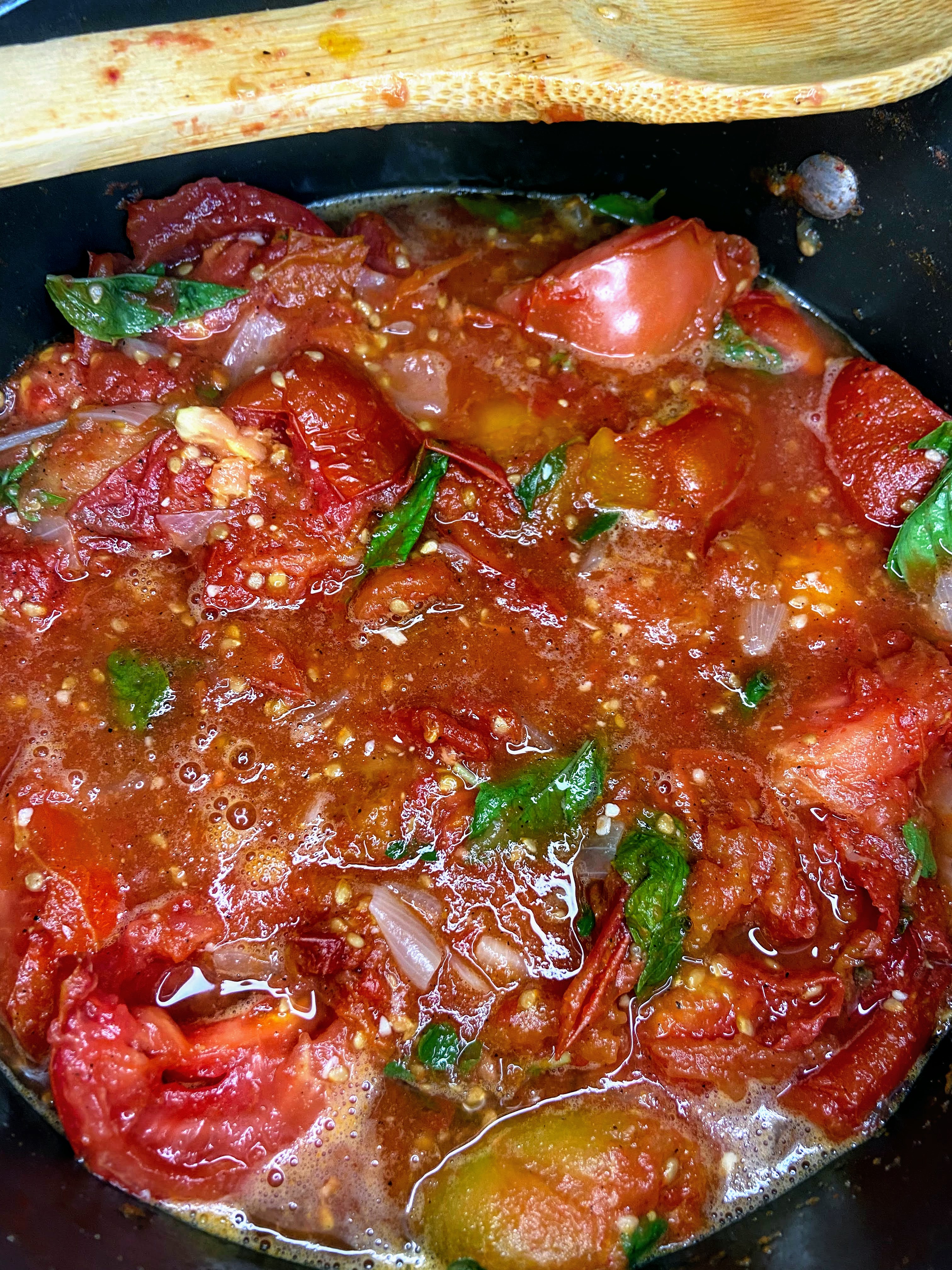Generally speaking, I am an overnight oatmeal kind of gal. I love that you can prep five servings in five minutes flat on a Sunday evening and be set for the work week. There are so many good for you ingredients in overnight oatmeal: old fashioned oats, chia seeds, honey, cinnamon, almond milk. But sometimes, a good old fashioned bowl of warm, cooked on the stove top oatmeal hits the spot, especially on the weekends. This warm your soul apple cinnamon oatmeal still has the simplicity in terms of mixing together, but is full of big flavor and is perfect as the weather gets cooler.
While I am going to give you the measurements and all the ingredients, please know that this is a great recipe to play around with. Have some blueberries laying around? Toss those in. Want to give almond extract a try instead of vanilla? Do it! Want to skip the crunch of walnuts? Hey, go for it, I won’t judge.
Here’s the low down on the ingredients to Warm Your Soul Apple Cinnamon Oatmeal!
Your Ingredients (for one serving)
- ¾ cup unsweetened vanilla almond milk (or your favorite milk of choice)
- 1 tablespoon pure maple syrup
- ¼ teaspoon vanilla extract
- Pinch of salt
- ¼ teaspoon cinnamon
- ⅓ cup diced apples
- ½ cup old fashioned oats
Your Steps to Apple Cinnamon Oatmeal
In a small soup kettle, combine the almond milk, syrup, vanilla, and walnuts. Bring to a boil over medium high heat. Lower to a simmer. Stir in the apples, oats, and cinnamon. Simmer for five minutes and serve.
Pro tip: Start the milk mixture on medium heat, go finish your bathroom routine (makeup and the like), and then add the oatmeal. By the time the rest of your breakfast is done, you’ll be done too!

Mix it up! 
Get ready to add! 
Simmering! 
Delish!

Apple Cinnamon Oatmeal
Ingredients
- ¾ cup unsweetened vanilla almond milk or your favorite milk of choice
- 1 tablespoon pure maple syrup
- ¼ teaspoon vanilla extract
- Pinch of salt
- ¼ teaspoon cinnamon
- ⅓ cup diced apples
- ½ cup old fashioned oats
Instructions
- In a small soup kettle, combine the almond milk, syrup, vanilla, walnuts, and pinch of salt.
- Bring to a boil over medium high heat.
- Lower to a simmer. Stir in the apples, oats, and cinnamon. Simmer for five minutes and serve.

